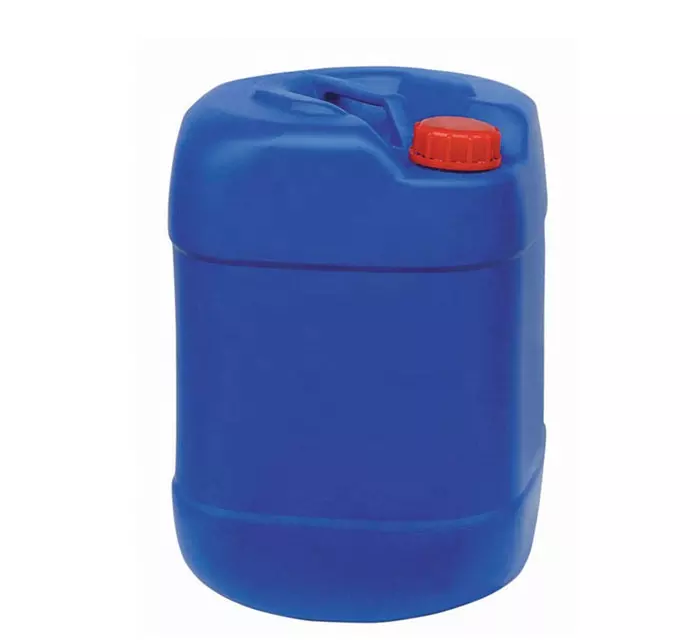Introduction Polyurethane (PU) adhesives are a versatile class of bonding agents widely used in various industries due to their excellent adhesion, flexibility, durability, and chemical resistance. 🚀 The performance of PU adhesives is significantly influenced by the catalysts employed during their synthesis and curing processes. PC41, a polyurethane trimerization catalyst, offers a compelling alternative to...
Introduction Polyurethane (PU) materials are ubiquitous in modern life, finding applications in a diverse range of industries, including coatings, adhesives, sealants, and elastomers (CASE). The versatility of PU stems from the wide variety of building blocks and reaction pathways available for their synthesis. While traditional PU formation relies on the reaction between isocyanates and polyols,...
Introduction N,N-Dimethylcyclohexylamine (DMCHA), represented by the chemical formula C8H17N, is a tertiary amine catalyst widely employed in the production of rigid polyurethane (PUR) foams. Its efficacy stems from its ability to accelerate both the urethane (polyol-isocyanate) and blowing (isocyanate-water) reactions, thereby influencing the foam’s cell structure, density, and overall mechanical properties. This article provides a...
Introduction Morpholine is a versatile organic compound with the molecular formula C4H9NO. It is a cyclic secondary amine that contains a four-carbon ring with a nitrogen atom, making it structurally similar to piperidine and piperazine. Morpholine has a wide range of applications in various industries, including chemical synthesis, pharmaceuticals, and water treatment. This essay will...


